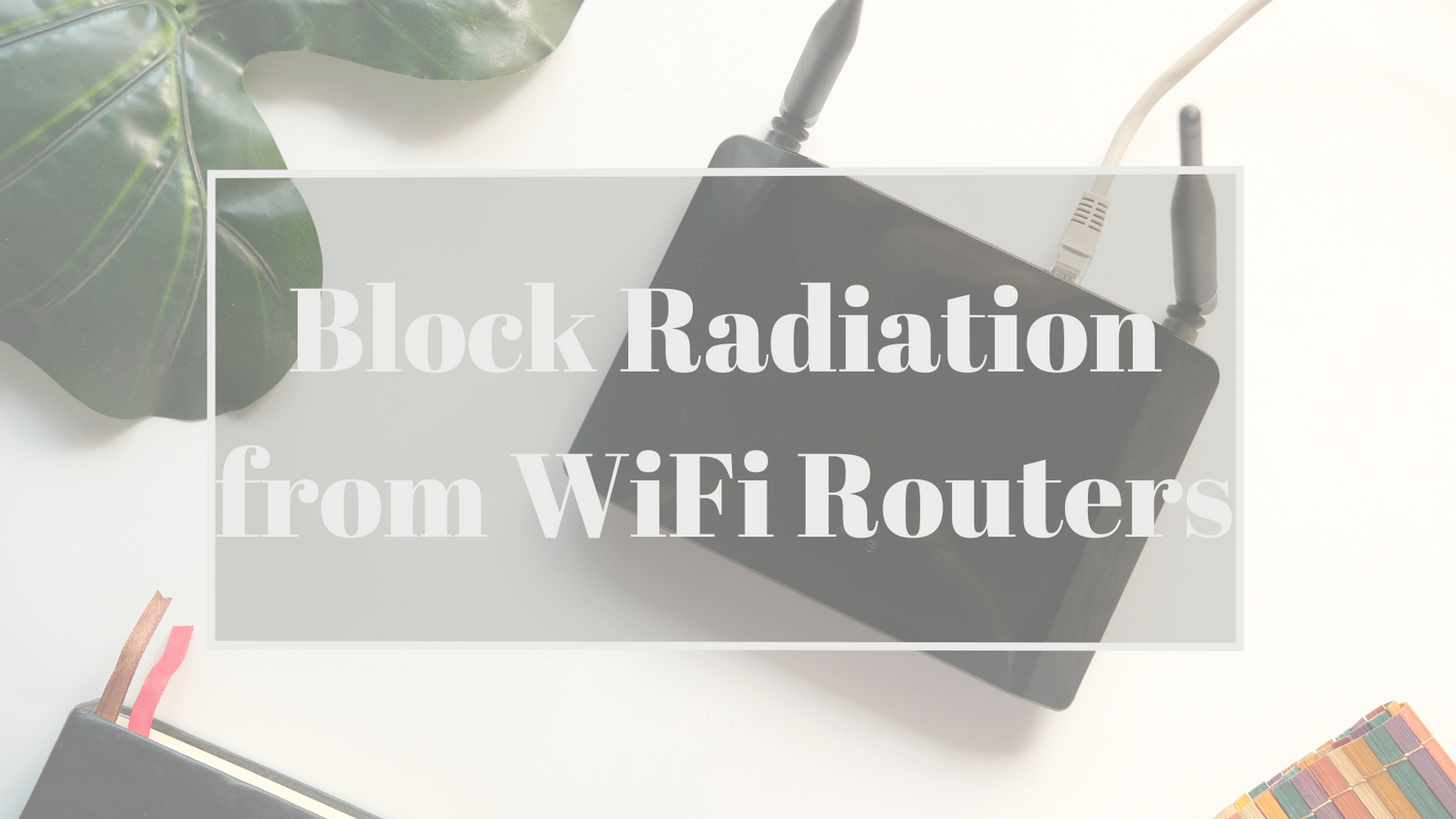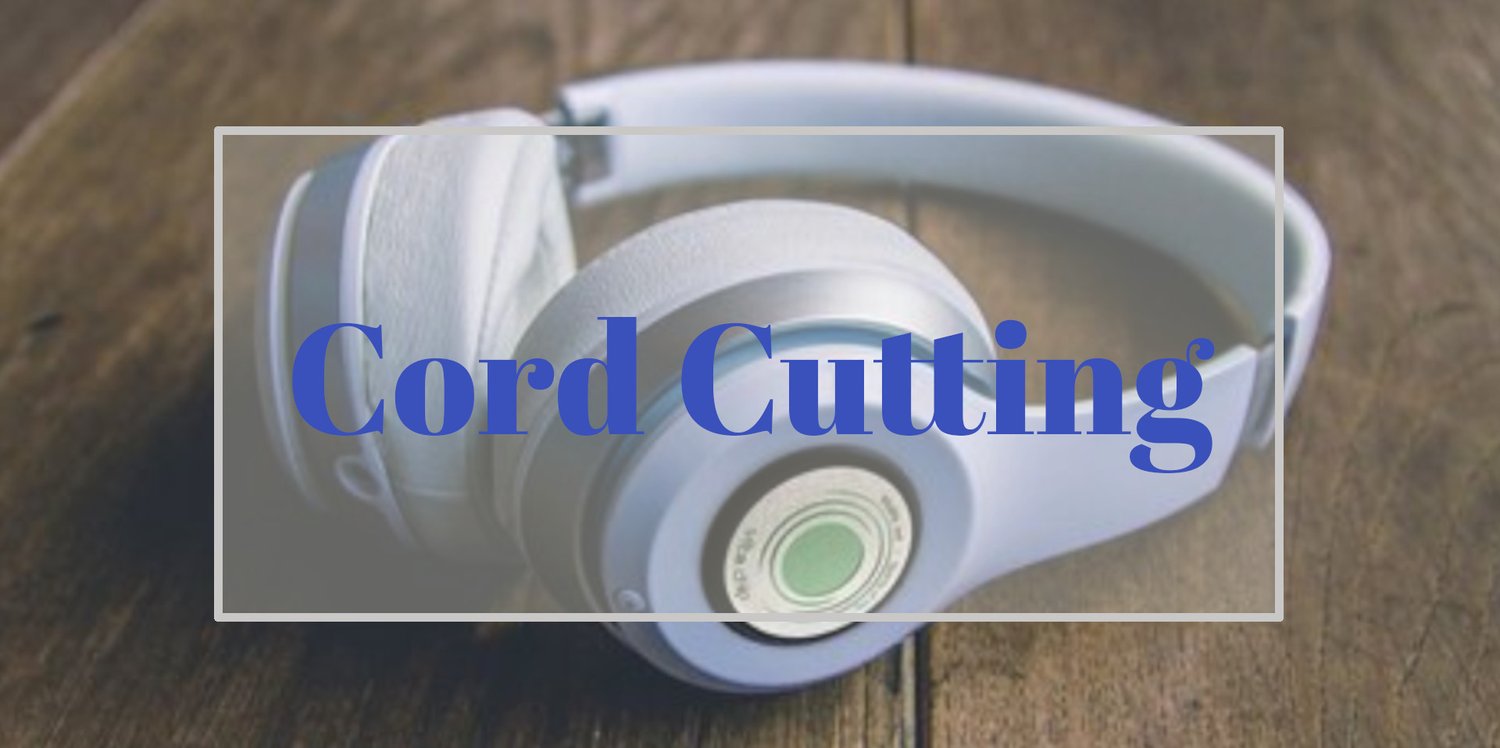
If it’s a pain in the asterisk – Get rid of it
According to the National Health Interview Survey published recently, 25 million American adults suffer from daily pain. Twenty-three million reports a lot of pain, and 14 million have the highest level of pain. From the various types of pain, lower back pain is the most prevalent inflicting 75 percent on a regular basis. These numbers are quite staggering, not the least because epidemiologists say that they are still steadily rising. It comes as no big surprise that people suffering from pain have a worse health status, use more health care, and also suffer from additional disabilities. For most, pain impairs their quality of life is significant. Many seek professional help, and doctors treat them with either painkillers or specific treatments. But many also resort to self-medication and OTC drugs or simply come to terms with living in pain.
No brain, no pain
Of course, pain is not just pain. First of all, pain is not a clinical condition per se but a class of symptoms that can be divided into many forms depending on the underlying illness, disease, or injury. Especially chronic pain is difficult to get under control because it changes much in your physiology. For example, research has shown that chronic pain may alter neurologic pathways and change the connections of important pain-processing brain regions. In laymen’s terms, this means that chronic pain makes you experience things differently: you may become more anxious, less rewarded by success, and impeded in your ability to cope with pain. If your ongoing pain makes you more sensitive and touchy don’t wonder – this is because you have a decreased pain threshold. And, mind you, don’t be surprised if you no longer experience pain relief as rewarding – that’s just another annoying side-effect. So much for the old saying ‘what doesn’t kill you makes you stronger’. In sum, you might learn how to deal with pain, but as long as your pain experience lasts, you’ll never be quite off the hook.
From symptoms to causes and back again
Getting at the root of the problem should be imperative in any medical treatment. In reality, however, the search for the cause is often quite awkward. This is especially true for chronic and recurrent pain. For instance, people suffering from lower back pain tend to have muscular imbalances that are often associated with physical and mental strain. The same goes for many classes of headaches. Obviously, you can’t avoid stress in your life, so pain keeps coming back. This is why doctors and health care professionals primarily target pain symptoms and not their causes. Nonetheless, many patients have become aware of the pitfalls of treating pain with drugs on a regular basis, so millions of Americans have turned to alternative medicine. There is, however, a quite fascinating and probably promising new way of treating pain. It is to do with electromagnetic oscillation which is – as research has found out – the very functional principle of human body cells. A recently conducted series of studies has shown that a variety of different types of pain could be strongly reduced when using a device that restores dysfunctional cell imbalances by applying biologically healthy frequencies. Such frequencies purely act on an informational level, i.e. no physical energy is transmitted. This device is called vita chip. It is a cutting-edge informational bio-resonance chip, which corrects dysfunctional information patterns and allows the body to fully activate its self-healing capacities. Not only does the vita chip reduce pain it also helps to improve mood and wellbeing. Most users experience a pain-relieving effect within the hour provided the vita chip is in close proximity to the pain location. Interestingly, the vita chip is rendered even more powerful when applied to an electronic device (e.g. a cell phone). Looks like much is to be learned in the marvelous universe of the human body.




